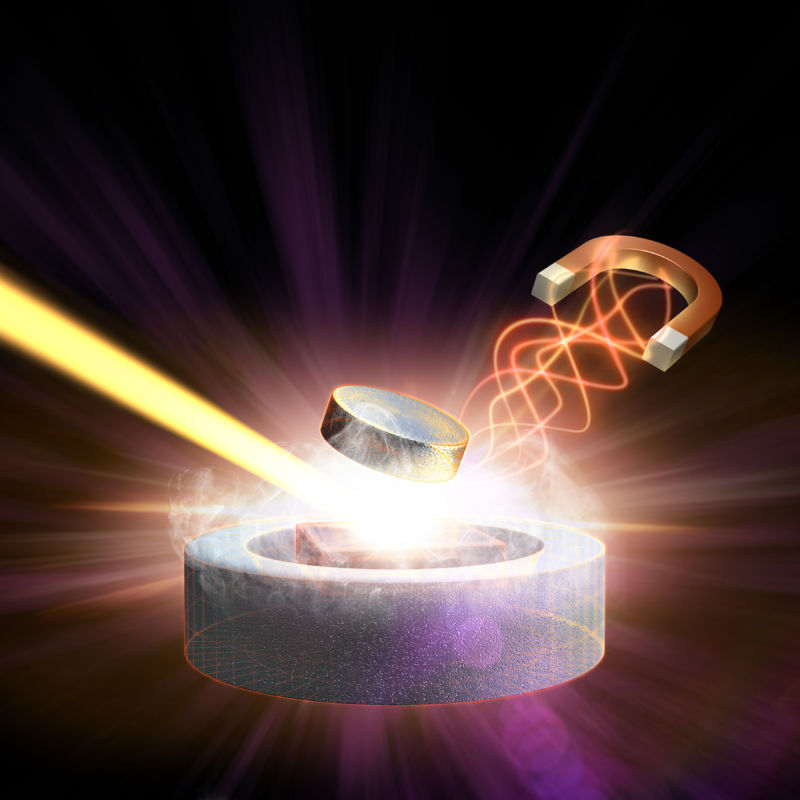
Enlarge / Lasers, magnets, and superconductors, oh my! The lasers have nothing to do with this story, but the other two are critical to understanding it. (credit: SLAC National Accelerator Laboratory)
Science is said to be moving faster than ever before. In fact, the pace is usually limited by the flow of information—I can’t respond to your results until I know about them, and journals are notoriously slow. The arXiv, which hosts manuscripts that may be submitted for peer review, is not. Put your preprint in today, watch it go public tomorrow… and see it get slapped down three weeks later.
This has all played out before our eyes with an extraordinary claim for room-temperature superconductivity, which is marred by some suspicious data.
Why is superconductivity important?
Superconductivity is a hidden workhorse of today’s medical and scientific establishment. The way to get high magnetic fields is to use a very large current loop. In ordinary conductors, the imperfect conduction of electrons heats the metal, which increases the resistance of the metal. The whole feedback loop terminates when your finely designed metallic coil turns into a small glowing metallic puddle—often considered a bad thing.
Read 15 remaining paragraphs | Comments
https://arstechnica.com/?p=1357535





